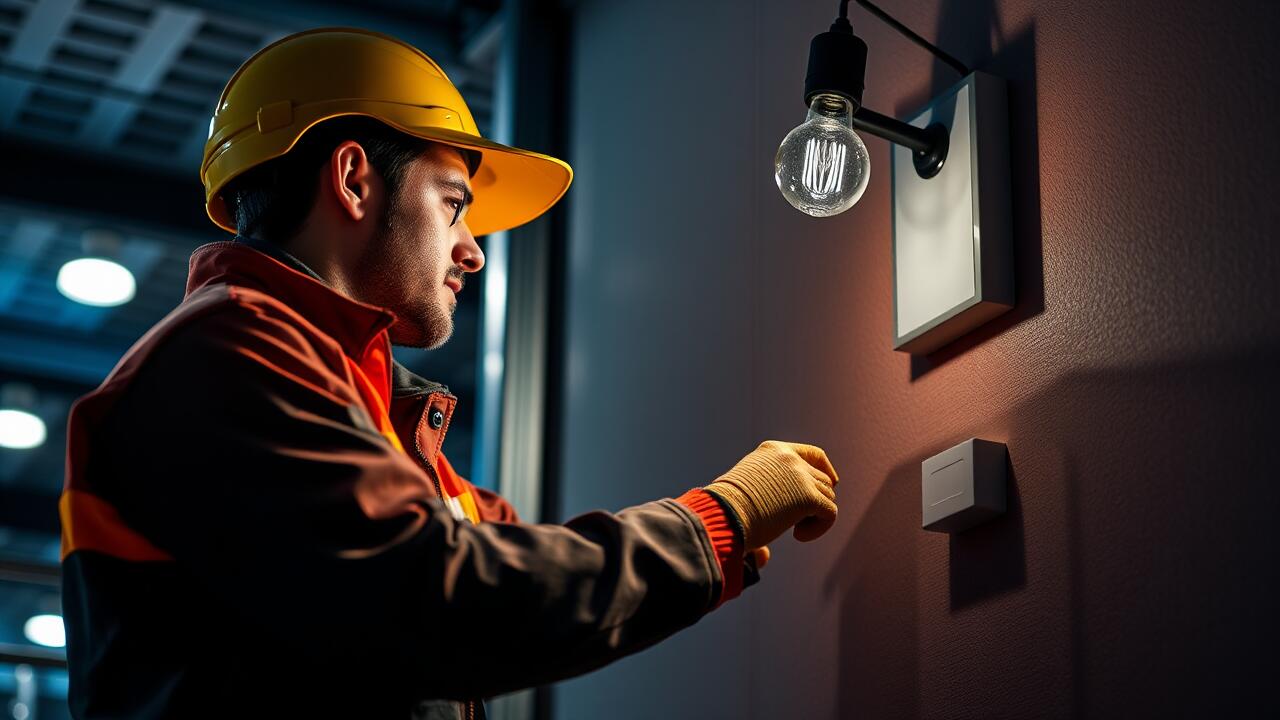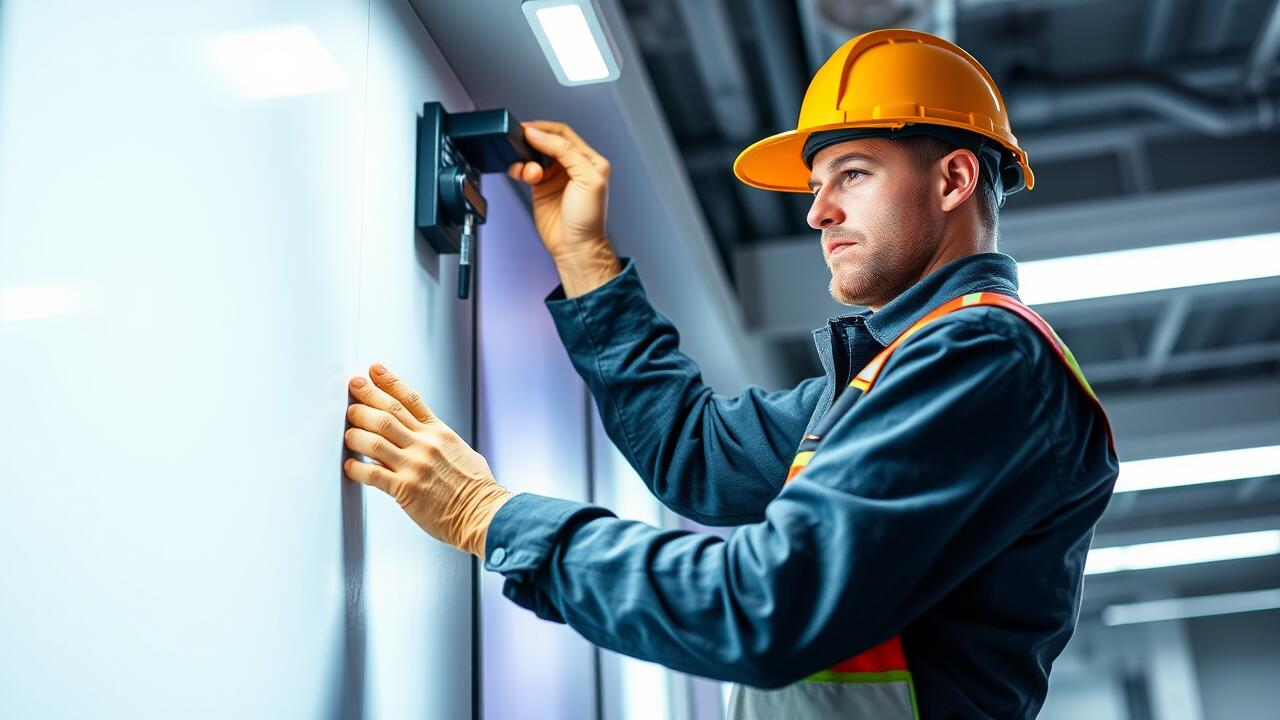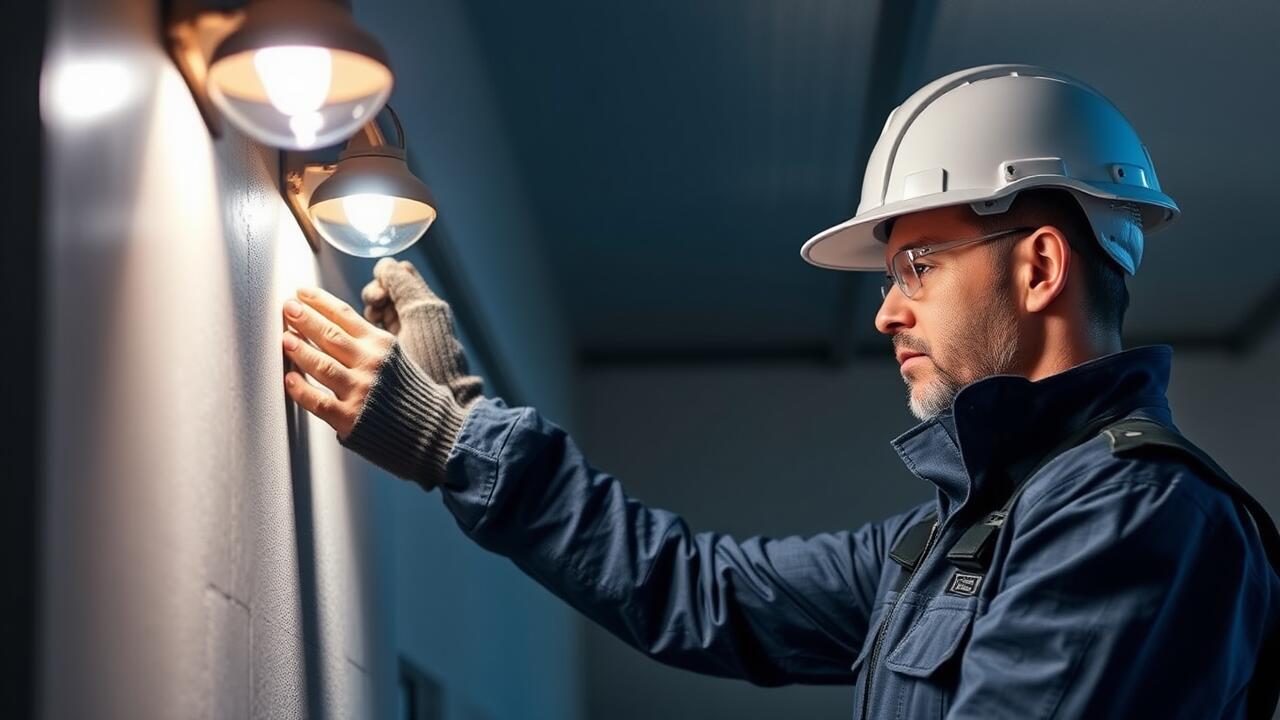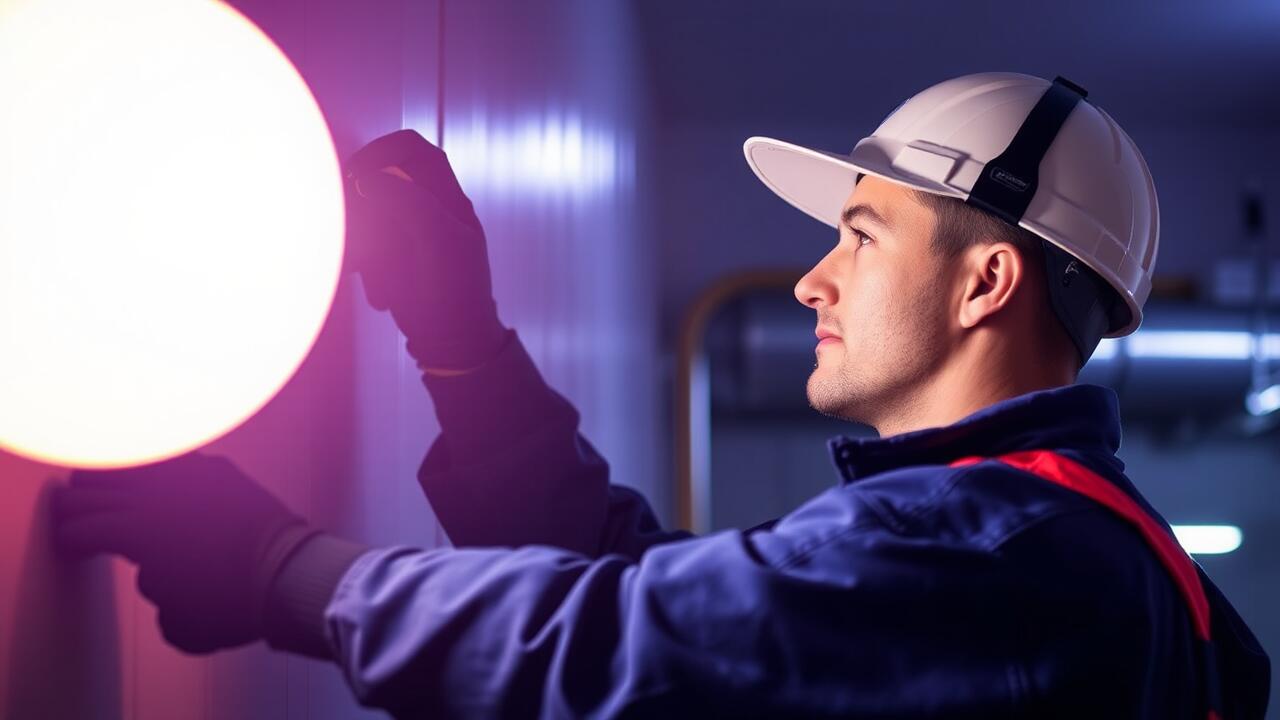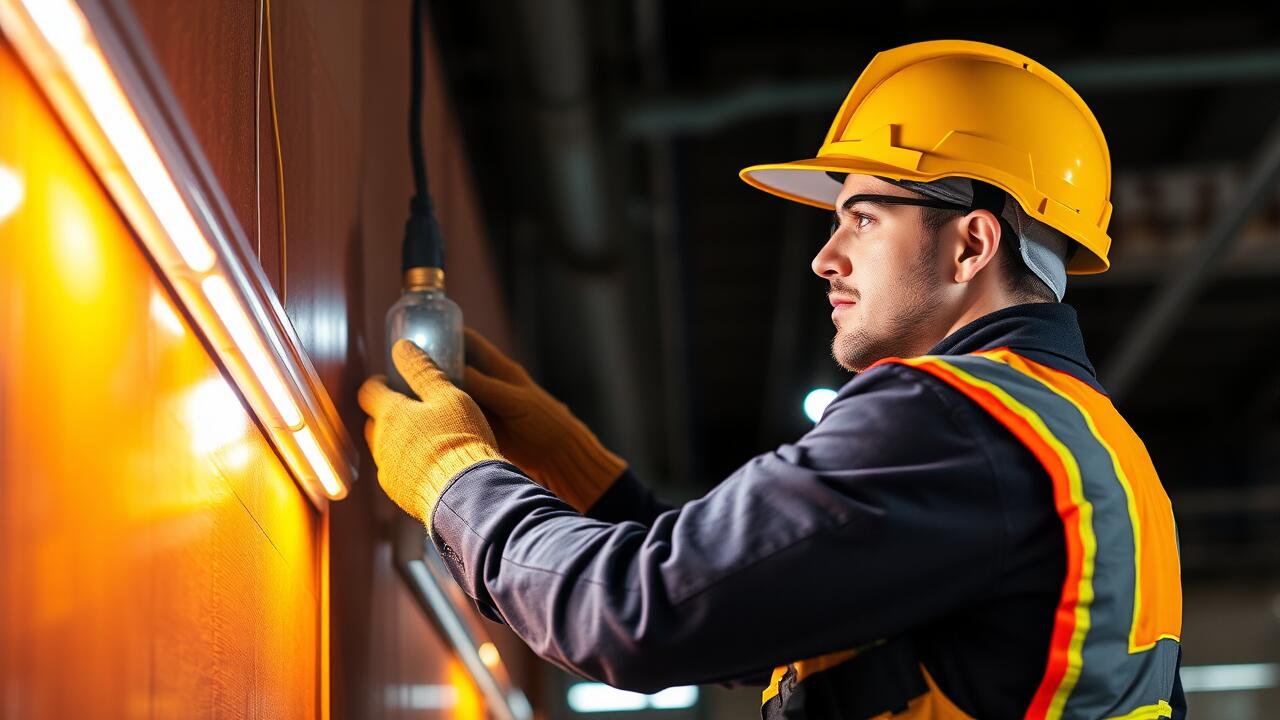
Selecting the Right Fixtures
When selecting fixtures for both ambient and task lighting, consider the specific needs of your space. Ambient lighting creates a unified glow that illuminates the entire room, while task lighting focuses on areas where you need extra brightness for activities like reading or cooking. Ceiling-mounted fixtures, floor lamps, and wall sconces are excellent choices for ambient lighting, as they provide an even distribution of light. In contrast, desk lamps and under-cabinet lights are ideal for task lighting, helping to concentrate brightness where it's most needed.
Factors such as style, size, and wattage also play crucial roles in your selection. Opting for fixtures that complement your décor enhances the overall aesthetic of the room. Consider the installation process; for those in need of professional assistance, services like Lighting Installation Kingwood, Houston can ensure that fixtures are placed correctly and function effectively. Focusing on these details will help create a harmonious balance between ambient and task lighting in your home.
Types of Fixtures for Ambient and Task Lighting
When selecting fixtures for ambient and task lighting, it's essential to consider the purpose of each space. Ambient lighting is often best achieved with broader diffuse sources such as ceiling-mounted fixtures, chandeliers, or wall sconces that evenly distribute light throughout a room. These fixtures help create a soft atmosphere ideal for relaxation and socializing. Choosing the right fixtures can greatly enhance the feel of your home while ensuring that the overall lighting aligns with your style.
Task lighting, on the other hand, requires more focused illumination for specific activities such as reading or cooking. Desk lamps, under-cabinet lighting, and pendant lights serve this purpose well, providing bright, directed light where it's needed most. For those in the Kingwood, Houston area, consulting with a professional can streamline the lighting installation process and ensure that you select fixtures that meet both functional and aesthetic needs. Focusing on the right types of fixtures not only improves usability but also contributes to an inviting environment.
Understanding Color Temperature
Color temperature plays a crucial role in defining the ambiance of a space. Measured in Kelvin (K), this scale helps determine the warmth or coolness of a light source. Lower values, such as 2700K to 3000K, emit a warm, cozy glow ideal for living rooms or bedrooms. Higher temperatures, from 4000K to 5000K, produce cooler, bluish light typically associated with workspaces or kitchens, where clear visibility is essential.
When considering lighting options, understanding color temperature can enhance both functionality and mood. Choosing the right temperature can make environments feel inviting or energizing, depending on the desired effect. If you’re looking for expertise in creating the perfect lighting setup, Lighting Installation Kingwood, Houston, offers tailored solutions to meet specific needs. By carefully selecting fixtures based on color temperature, you can effectively shape the atmosphere of your home or office.
The Impact of Light Color on Mood
The color of light plays a significant role in influencing mood and behavior. Warm light, characterized by yellow and orange tones, creates a cozy and inviting atmosphere. This type of lighting is often used in living spaces where relaxation is key. Conversely, cooler light with blue hues promotes alertness and can enhance focus, making it ideal for work environments and study areas.
In places like Lighting Installation Kingwood, Houston, selecting the right light color can transform how a space feels. Understanding the psychological effects of different shades enables homeowners to tailor their lighting to suit specific activities and emotional responses. By choosing the appropriate color temperature, one can enhance productivity during the day or foster a sense of calm in the evening hours.
Energy Efficiency in Lighting
Energy efficiency has become a pivotal consideration for many homeowners when selecting lighting options. High-efficiency bulbs, such as LEDs and CFLs, consume significantly less energy than traditional incandescent lights while providing the same brightness. This reduction in energy use not only lowers monthly power bills but also contributes to a smaller carbon footprint, making it an environmentally friendly choice. When planning your home’s lighting, looking for Energy Star-rated fixtures can ensure high performance without unnecessary energy waste.
Choosing energy-saving options during lighting installation is essential for enhancing both sustainability and cost-effectiveness. Residents in Kingwood, Houston, can benefit from local expertise that specializes in energy-efficient designs and fixtures. Working with professionals in Lighting Installation Kingwood, Houston, allows homeowners to explore various solutions tailored to their specific needs while ensuring compliance with local energy standards. This focused approach optimizes both the aesthetics and efficiency of a space, ultimately providing a more enjoyable and environmentally responsible atmosphere.
Choosing Energy-Saving Options
When selecting energy-saving options for lighting, focusing on LED and CFL bulbs can significantly reduce power consumption. These types of bulbs last longer than traditional incandescent options and typically use a fraction of the energy. Many homeowners are opting for these eco-friendly solutions to not only cut costs but also to help minimize their carbon footprint. Incorporating smart lighting systems can further enhance energy efficiency by allowing users to control their lighting remotely and schedule usage according to necessity.
In areas like Lighting Installation Kingwood, Houston, professionals often highlight the importance of choosing fixtures with built-in energy-saving features. Dimming capabilities and motion sensors are just two examples of technologies that contribute to lower energy usage. Additionally, when planning a lighting scheme, consider the placement of fixtures to maximize natural light during the day, reducing reliance on artificial sources. This approach not only promotes sustainability but also enhances the overall ambiance of the space.
FAQS
What is the difference between ambient and task lighting?
Ambient lighting provides overall illumination to a space, creating a comfortable level of brightness throughout the room, while task lighting is focused lighting that helps with specific activities, such as reading, cooking, or working.
How do I choose the right fixtures for ambient and task lighting?
When selecting fixtures, consider the size and layout of your space. For ambient lighting, ceiling fixtures or wall sconces work well, while task lighting can include desk lamps, under-cabinet lights, or floor lamps that target specific areas.
What role does color temperature play in lighting choices?
Color temperature, measured in Kelvin (K), affects the color of the light emitted. Warmer tones (around 2700K-3000K) create a cozy atmosphere suitable for ambient lighting, while cooler tones (4000K-5000K) are often better for task lighting, enhancing concentration and visibility.
How can light color impact my mood?
Different light colors can influence mood and productivity. Warmer, softer lights promote relaxation and comfort, whereas cooler, brighter lights can boost alertness and focus, making them ideal for workspaces.
What are some energy-saving options for lighting?
To enhance energy efficiency, consider using LED bulbs, which consume less electricity and have a longer lifespan than traditional incandescent bulbs. Additionally, incorporating dimmers and smart lighting solutions can help adjust brightness and save energy.
